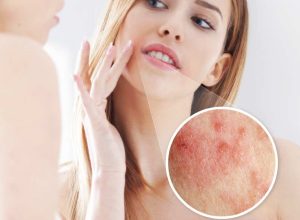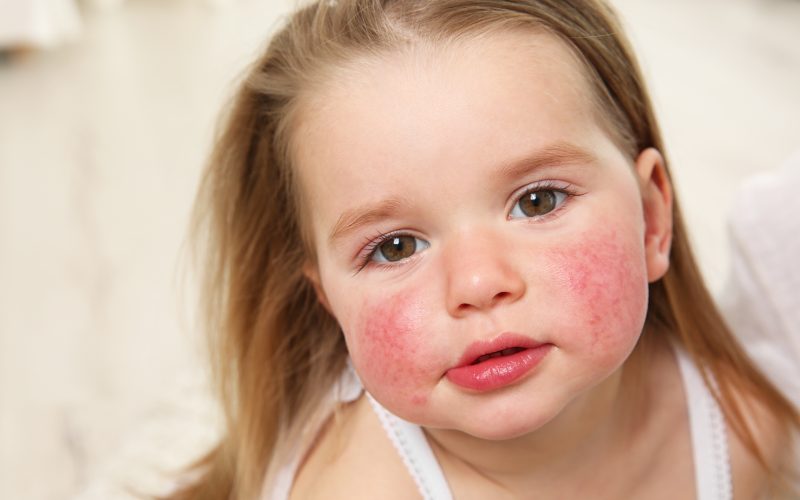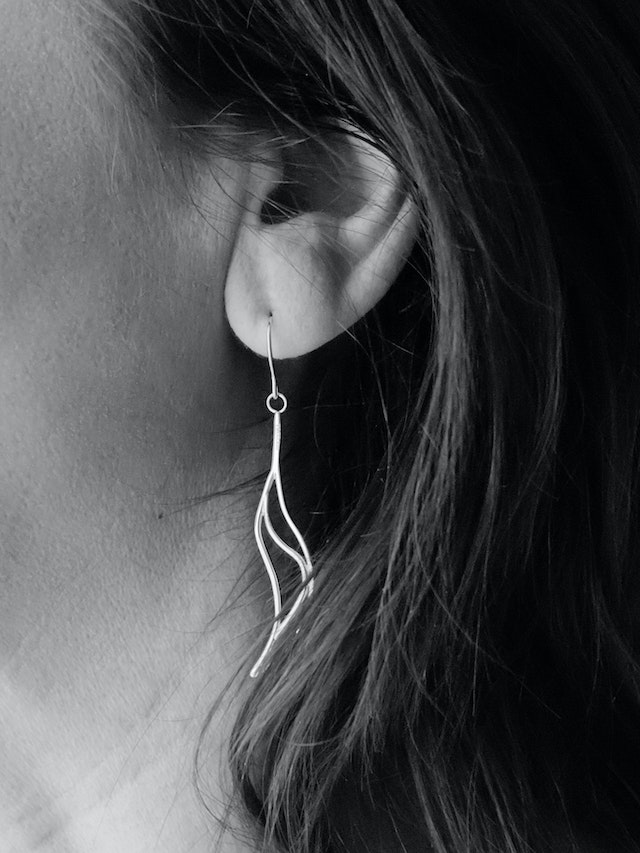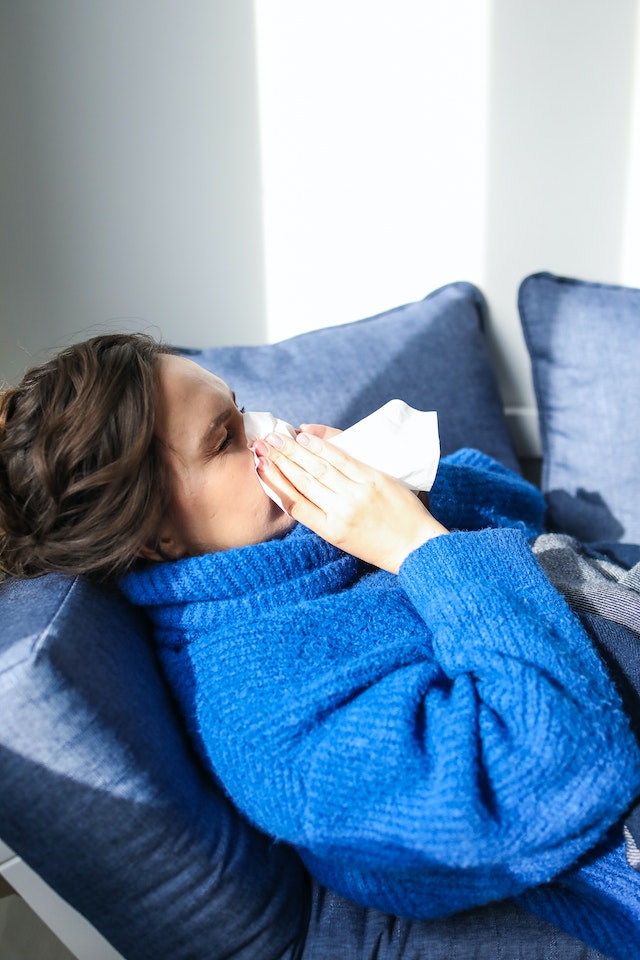Introduction
Perioral dermatitis is a common skin condition characterized by redness, bumps, and sometimes, mild peeling around the mouth, nose, and chin. It can be concerning and uncomfortable, but with the right approach, it’s manageable. In this comprehensive guide, we’ll delve into what perioral dermatitis looks like, effective treatment options, and preventive measures to keep it at bay.
Understanding Perioral Dermatitis
What Causes Perioral Dermatitis?
The exact cause of perioral dermatitis isn’t fully understood, but several factors may contribute to its development. These include:
- Topical Steroids: Prolonged use of topical steroids on the face can trigger perioral dermatitis.
- Fluorinated Toothpaste: Certain ingredients in fluorinated toothpaste may irritate the skin around the mouth, leading to perioral dermatitis.
- Skin Care Products: Some facial products, particularly those containing fragrances or harsh chemicals, can exacerbate the condition.
- Hormonal Changes: Fluctuations in hormone levels, such as those occurring during puberty, pregnancy, or while taking oral contraceptives, may play a role in perioral dermatitis.
Symptoms of Perioral Dermatitis
Perioral dermatitis typically presents with the following symptoms:
- Redness: The affected area appears red and inflamed.
- Bumps: Small, acne-like bumps may develop, often with a rough or scaly texture.
- Mild Peeling: In some cases, the skin may peel or flake slightly.
- Itching or Burning: The area may feel itchy or irritated, causing discomfort.

Treating Perioral Dermatitis
1. Topical Treatments
Antibiotics:
Topical antibiotics, such as erythromycin or metronidazole, are commonly prescribed to reduce inflammation and control bacterial growth associated with perioral dermatitis. These medications help alleviate symptoms and prevent flare-ups.
Anti-Inflammatory Creams:
Topical corticosteroids can provide rapid relief from itching and redness. However, prolonged use of these medications should be avoided, as they can worsen the condition over time.
2. Oral Medications
Oral Antibiotics:
For more severe cases, oral antibiotics like tetracycline or doxycycline may be prescribed. These medications work to combat the underlying bacterial infection and bring about significant improvement.
Immunosuppressants:
In cases resistant to conventional treatment, immunosuppressive drugs such as cyclosporine may be considered. These medications help modulate the immune response, reducing inflammation and controlling symptoms.

3. Lifestyle Changes
Avoid Triggering Factors:
Identifying and avoiding potential triggers, such as harsh skincare products, fluorinated toothpaste, or spicy foods, can help prevent flare-ups and minimize symptoms.
Gentle Skincare Routine:
Opt for gentle, fragrance-free skincare products and avoid excessive scrubbing or exfoliation, which can further irritate the skin.
Moisturize Regularly:
Keeping the skin well-hydrated with a non-comedogenic moisturizer can help soothe irritation and promote healing.

4. Home Remedies
Aloe Vera:
The natural anti-inflammatory properties of aloe vera gel can help reduce redness and soothe irritated skin. Apply a thin layer to the affected area and leave it on for 10-15 minutes before rinsing off.
Oatmeal Masks:
Oatmeal has soothing properties that can help alleviate itching and inflammation. Mix finely ground oatmeal with water to form a paste, apply it to the affected area, and rinse off after 15-20 minutes.
Preventing Perioral Dermatitis Recurrence
1. Maintain a Consistent Skincare Routine
Gentle Cleansing:
Use a mild, non-irritating cleanser to wash your face twice daily, and avoid harsh scrubs or abrasive products.
Sun Protection:
Apply a broad-spectrum sunscreen with an SPF of 30 or higher daily to protect your skin from harmful UV rays, which can trigger flare-ups.
2. Be Mindful of Trigger Factors
Read Product Labels:
Check the ingredients of skincare products, cosmetics, and toothpaste to avoid potential irritants or allergens.
Manage Stress:
Stress can exacerbate inflammatory skin conditions like perioral dermatitis. Practice stress-reducing techniques such as yoga, meditation, or deep breathing exercises. Explore More About (Ear Ringing Get Worse)

3. Consult a Dermatologist Regularly
Follow-Up Appointments:
Schedule regular follow-up visits with your dermatologist to monitor your skin’s condition and adjust treatment as needed.
Seek Professional Advice:
If you experience persistent or severe symptoms despite home care measures, seek prompt medical attention from a qualified dermatologist.
In conclusion, perioral dermatitis can be a frustrating condition, but with the right approach, it’s manageable. By understanding its causes, recognizing symptoms, and adopting appropriate treatment and preventive measures, you can effectively control perioral dermatitis and enjoy clearer, healthier skin.
Topical Treatments for Perioral Dermatitis
| Treatment | Description | Pros | Cons |
|---|---|---|---|
| Topical Antibiotics | Applied directly to the affected area to reduce inflammation and control bacterial growth. | – Effective for mild to moderate cases <br> – Easy to apply <br> – Minimal systemic side effects | – May cause skin dryness or irritation <br> – Prolonged use can lead to antibiotic resistance |
| Anti-Inflammatory Creams | Contains corticosteroids to provide rapid relief from itching and redness. | – Quick symptom relief <br> – Available over-the-counter <br> – Can be used in conjunction with other treatments | – Prolonged use can worsen the condition <br> – Potential for skin thinning or discoloration |
This comparative table provides a quick overview of the pros and cons of commonly used topical treatments for perioral, helping you make informed decisions about your skincare regimen.










